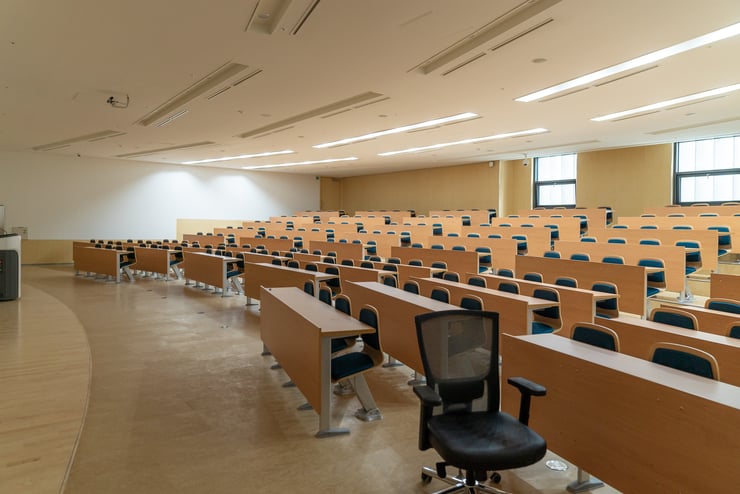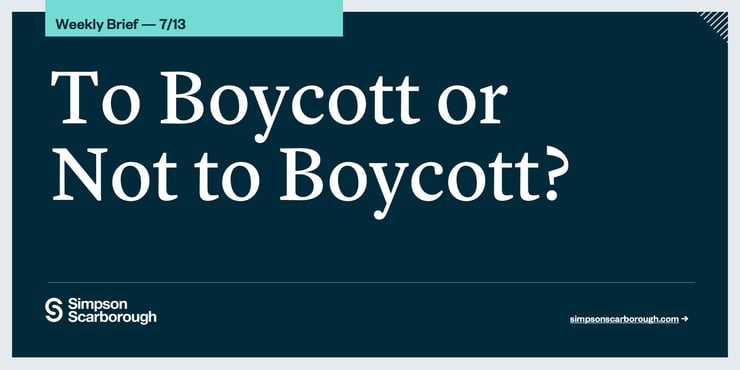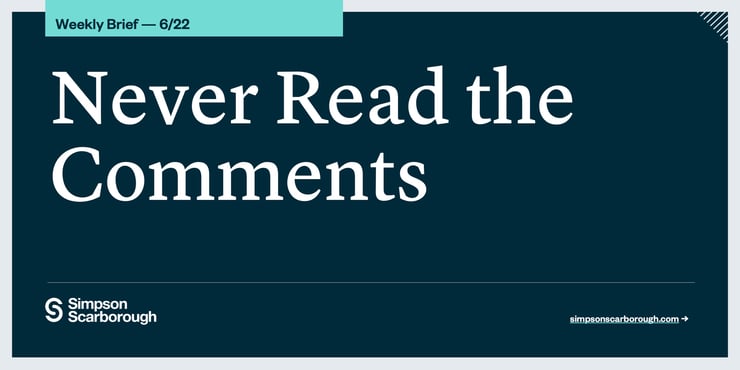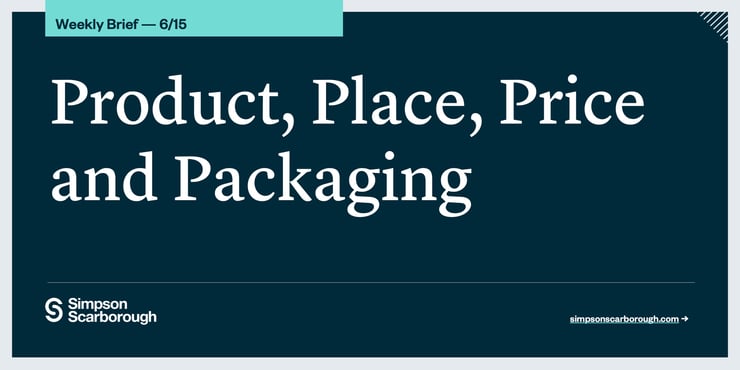Historically, the buying experience at most institutions has been — how should we say it — not great. We can blame complexities like the application or admissions process, but I'd argue most of it is attitudinal. Namely, schools never tried to create a great customer experience as an element of the buying process because they do everything possible to not call their students customers.
There are layers here. The first is competitive. A long time ago, students didn't apply to as many schools as they do today. That's now (often) built into high school curriculum. It's not uncommon for the average student to apply to ten different schools. In other words, an application isn't a sure sign of intent to enroll. The second is change. Higher ed isn't exactly known for its ability to move quickly. It was — and largely still is — painful to change a class, let alone transfer to a different institution. The combination of fewer competitors plus processes full of friction allowed universities to be less inclined to create a great buying experience.
"This is absolutely the right time to question everything and reframe marketing and communications from an informational exercise to an experiential one."
Changes to the competitive landscape and process improvement have been happening for a while, but they've moved at a glacial pace where you couldn't really see changes in real-time. But that was all before COVID, and higher ed's tectonic plates are now moving over and under each other at ludicrous speed. The competitive landscape has been uprooted as new geographies, gap years, pricing, and delivery are all in play. With this, the way students shop for college will be completely different, and it's time for institutions to treat students as customers with a multitude of choices.
There's a myriad of factors — people, communications, applications, websites, financial aid parameters, etc. — that make up the buying experience in higher ed, making it an incredibly difficult thing to improve, let alone make enjoyable. Factor in staff reductions and the continued necessity of crisis communications through the fall make things even more complicated. While time is an ever-evaporating resource, this is absolutely the right time to question everything and reframe marketing and communications from an informational exercise to an experiential one.
Consider the following marketing communication priorities:
- Is it more worthwhile to have conversations about viewbook content or about providing clarity around the sticker price vs. what a student will actually pay?
($100 to the first institution to offer no-haggle pricing) - Is it more worthwhile to spend time designing beautiful digital experiences or building out a truly useful website search that answers questions intuitively?
- Is it more worthwhile for your team to make small, iterative changes to your email comms flow, or should they spend the time on social platforms where students are actively asking questions and provide answers with a human touch?
These are just a few of the questions to consider and may not be the perfect ones for your institution to ask. But the intent isn't to ask the perfect questions; it's to reframe the intent of the questions themselves. What are you doing to improve the buying experience itself? Especially in the places it's most broken? Institutions will always be information machines, but the competitive advantage for those focusing on the whole experience will be substantial.











